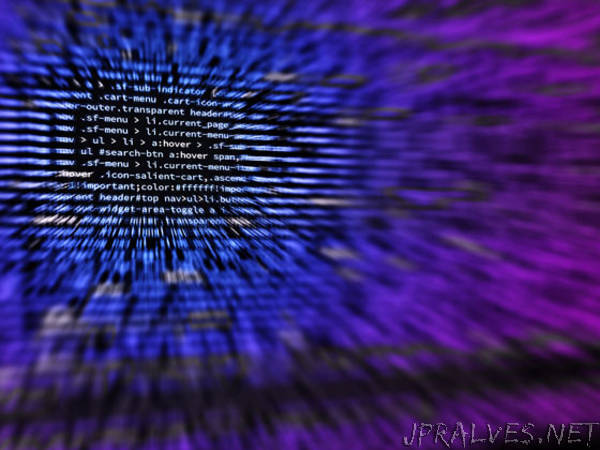
“Researchers from Google and the University of California Santa Barbara have taken an important step towards the goal of building a large-scale quantum computer.
Writing in the journal Quantum Science and Technology, they present a new process for creating superconducting interconnects, which are compatible with existing superconducting qubit technology.
The race to develop the first large-scale error-corrected quantum computer is extremely competitive, and the process itself is complex. Whereas classical computers encode data into binary digits (bits) that exist in one of two states, a quantum computer stores information in quantum bits (qubits) that may be entangled with each other and placed in a superposition of both states simultaneously.
The catch is that quantum states are extremely fragile, and any undesired interaction with the surrounding environment may destroy this quantum information. One of the biggest challenges in the creation of a large-scale quantum computer is how to physically scale up the number of qubits, while still connecting control signals to them and preserving these quantum states.
Lead author Brooks Foxen, from UC Santa Barbara, said: “There are a lot of unknowns when it comes to imagining exactly what the first large scale quantum computer will look like. In the superconducting qubit field, we’re just now beginning to explore systems with 10s of qubits whereas the long-term goal is to build a computer with millions of qubits.
“Previous research has mostly involved layouts where control wires are routed on a single metal layer. More interesting circuits require the ability to route wiring in three dimensions so that wires may cross over each other. Solving this problem without introducing materials that reduce the quality of superconducting qubits is a hot topic, and several groups have recently demonstrated possible solutions. We believe that our solution, which is the first to provide fully superconducting interconnects with high critical currents, offers the most flexibility in designing other aspects of quantum circuits.”
As superconducting qubit technology grows beyond one-dimensional chains of nearest neighbour coupled qubits, larger-scale two-dimensional arrays are a natural next step.
Prototypical two-dimensional arrays have been built, but the challenge of routing control wiring and readout circuitry has, so far, prevented the development of high fidelity qubit arrays of size 3×3 or larger.
Senior author Professor John M Martinis, jointly appointed at both Google and UC Santa Barbara, said: “To enable the development of larger qubit arrays, we have developed a process for fabricating fully superconducting interconnects that are materially compatible with our existing, high fidelity, aluminum on silicon qubits.
“This fabrication process opens the door to the possibility of the close integration of two superconducting circuits with each other or, as would be desirable in the case of superconducting qubits, the close integration of one high-coherence qubit device with a dense, multi-layer, signal-routing device.””
